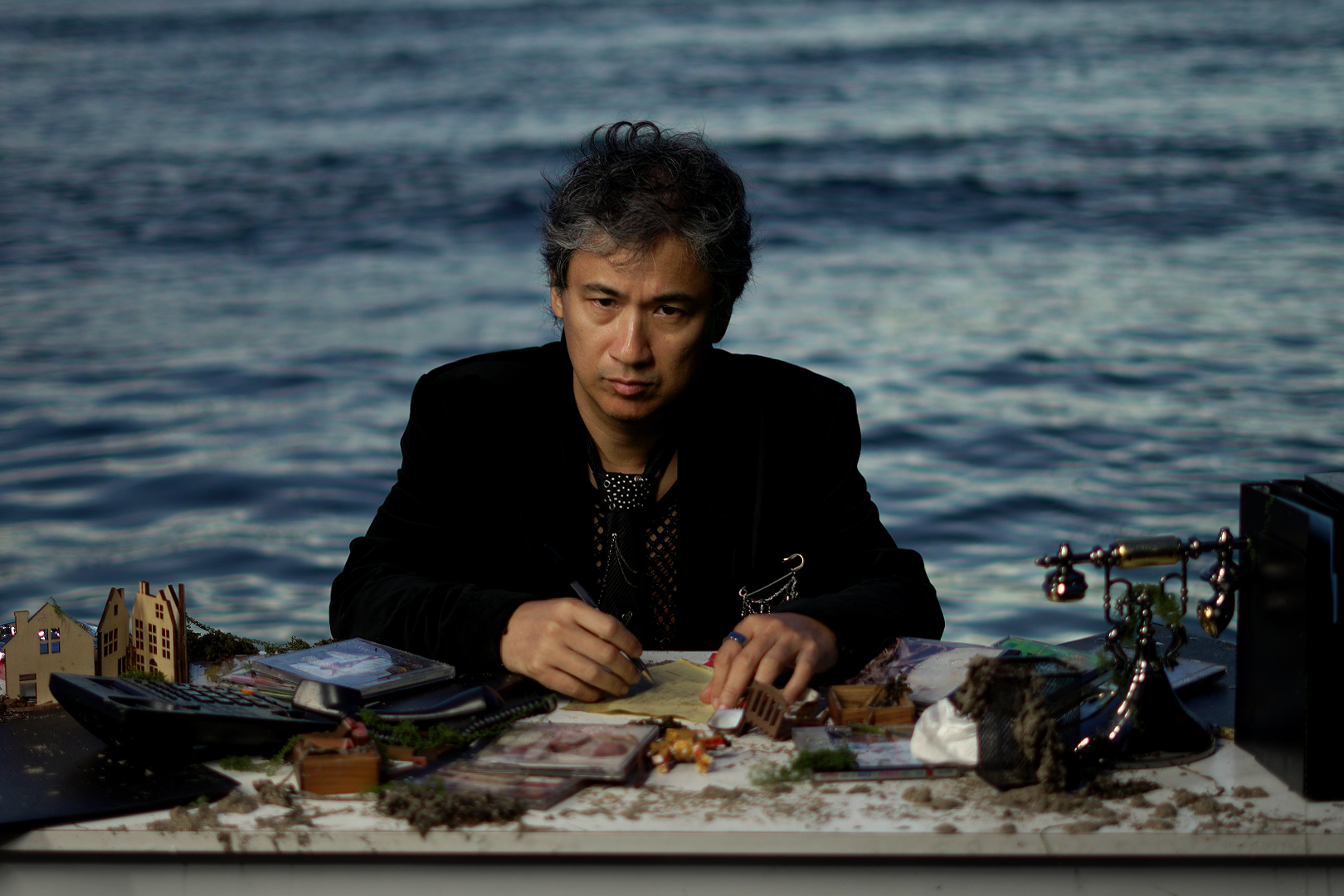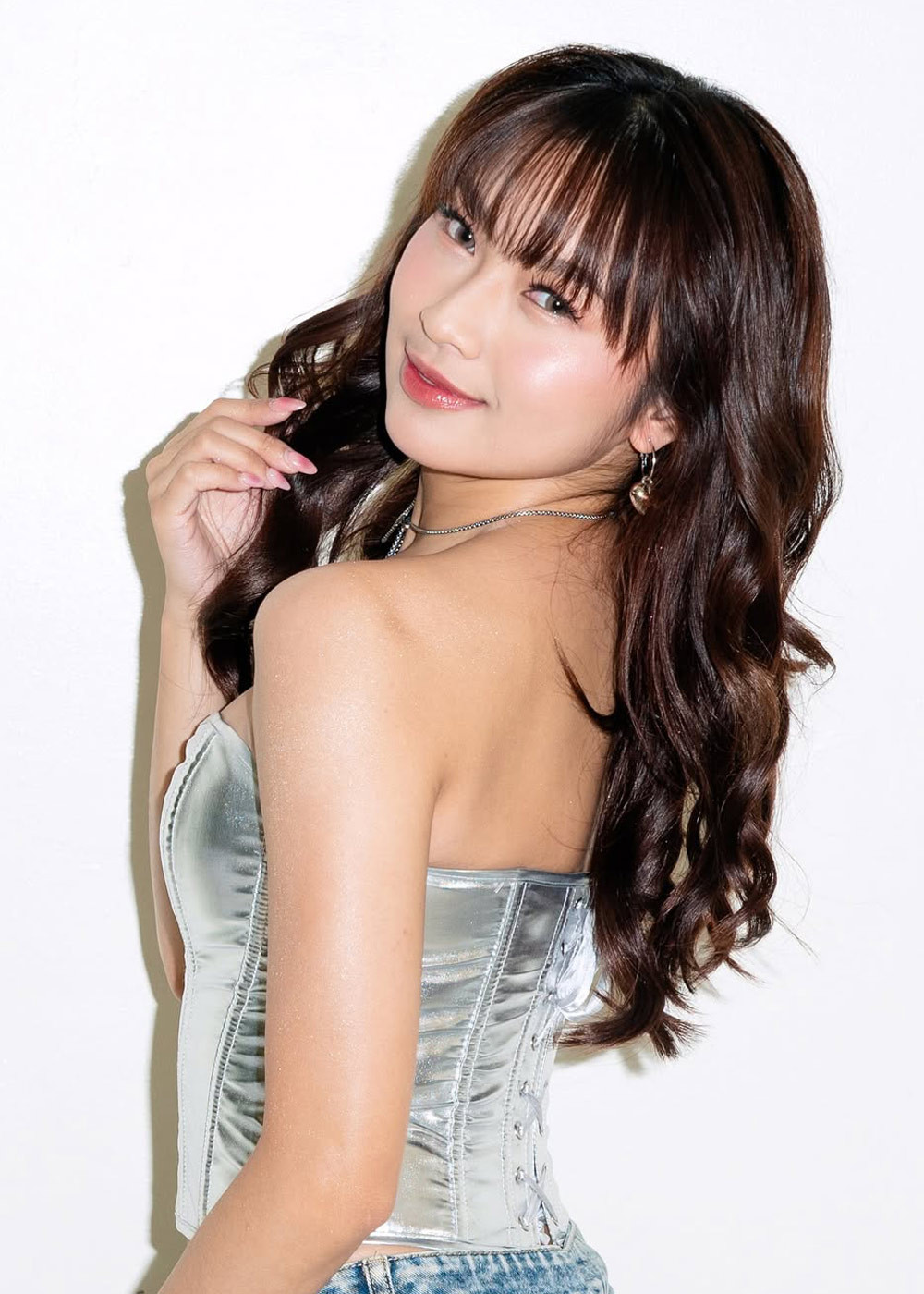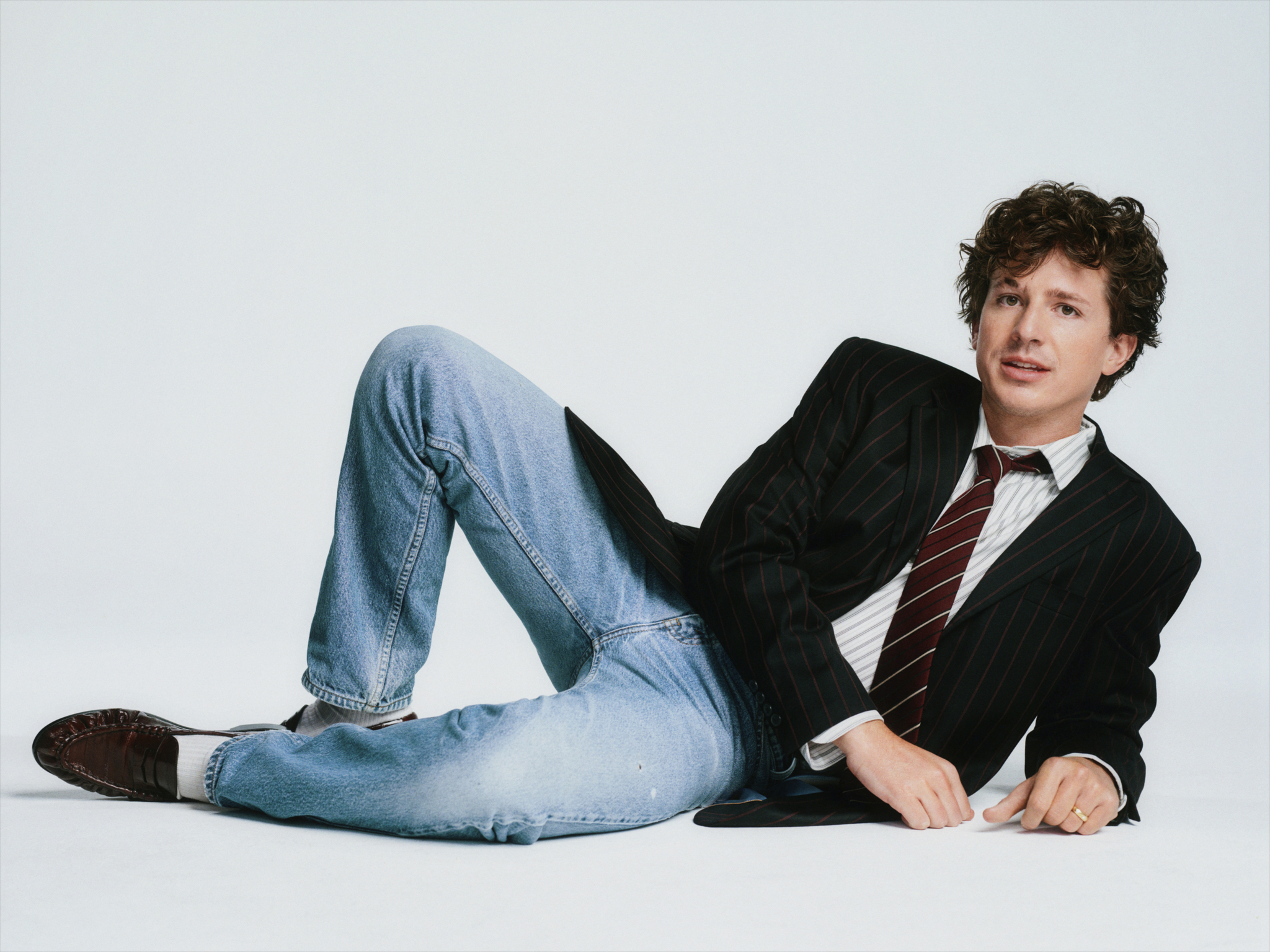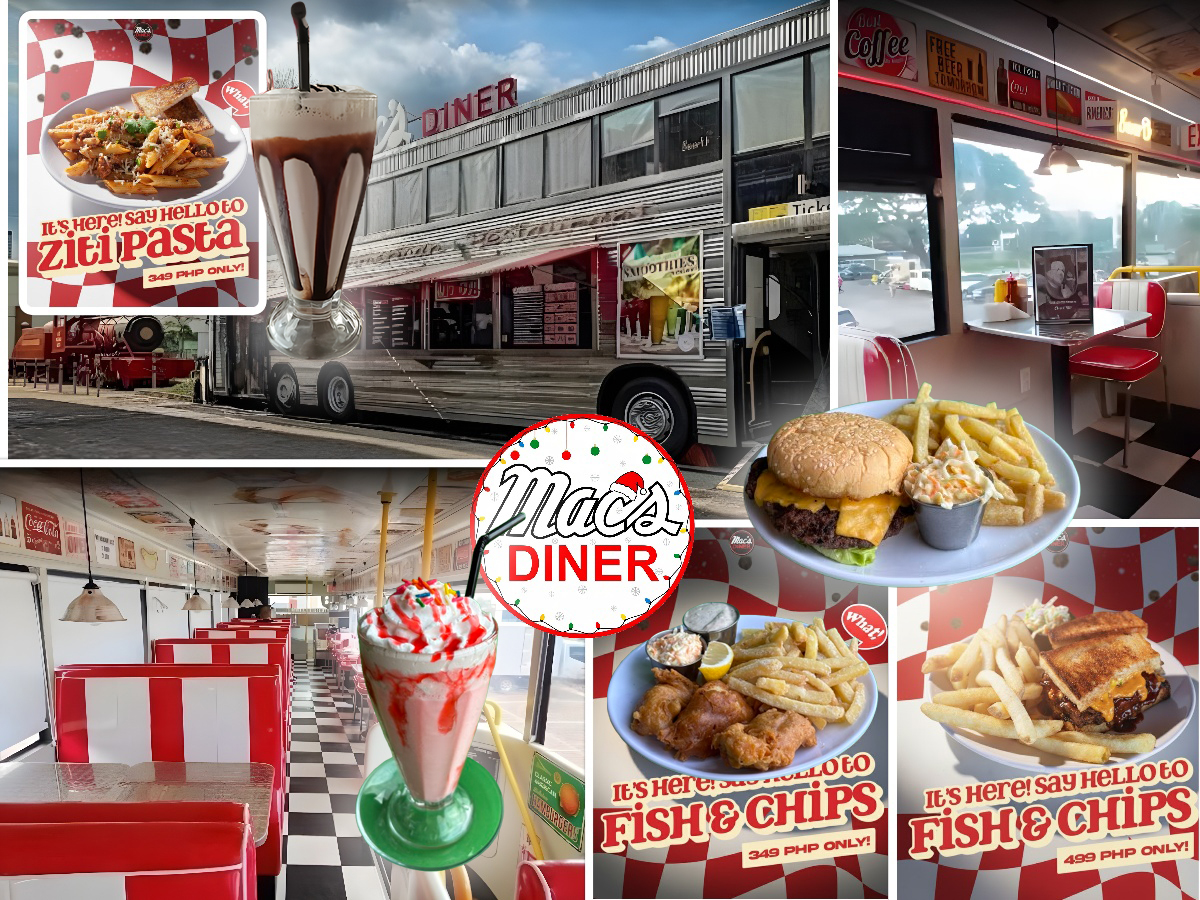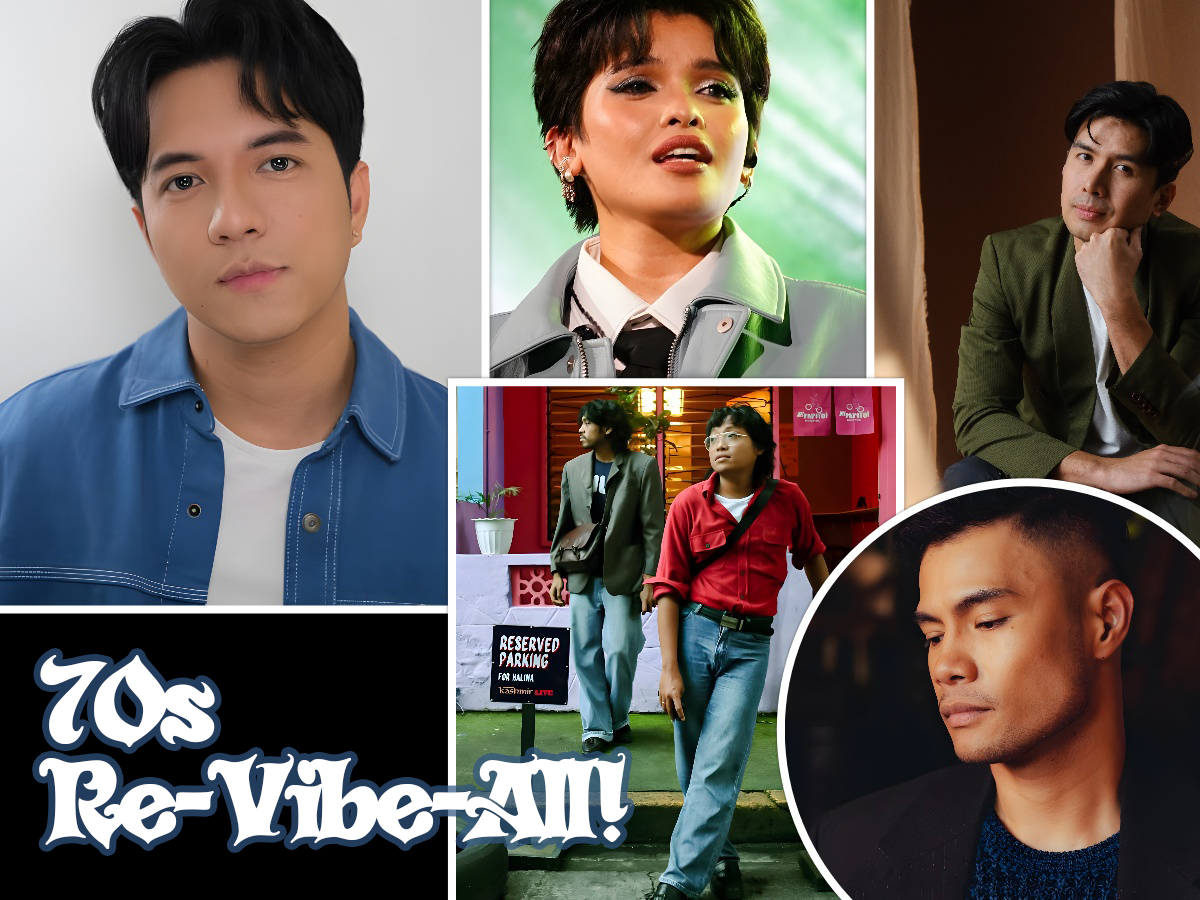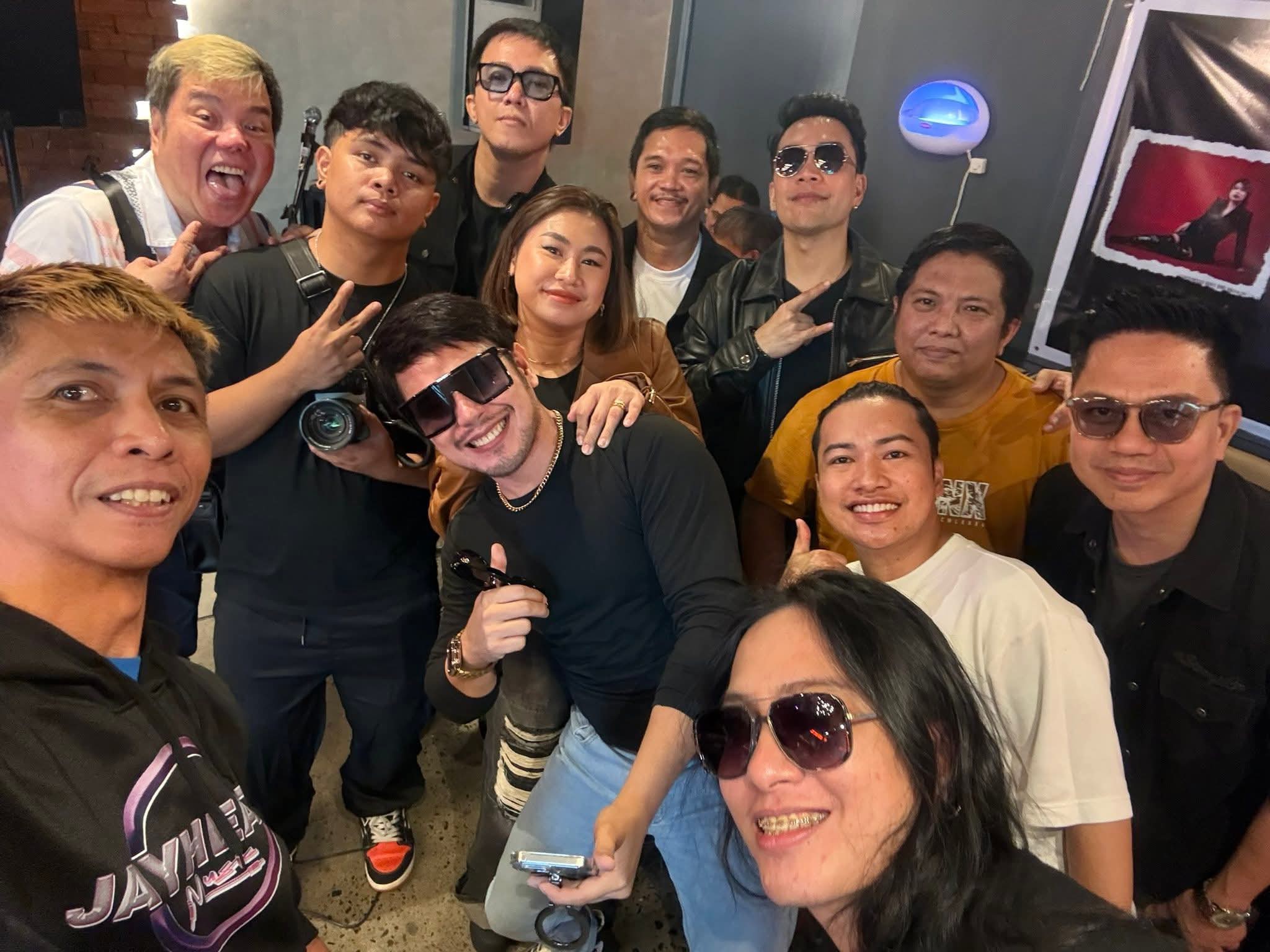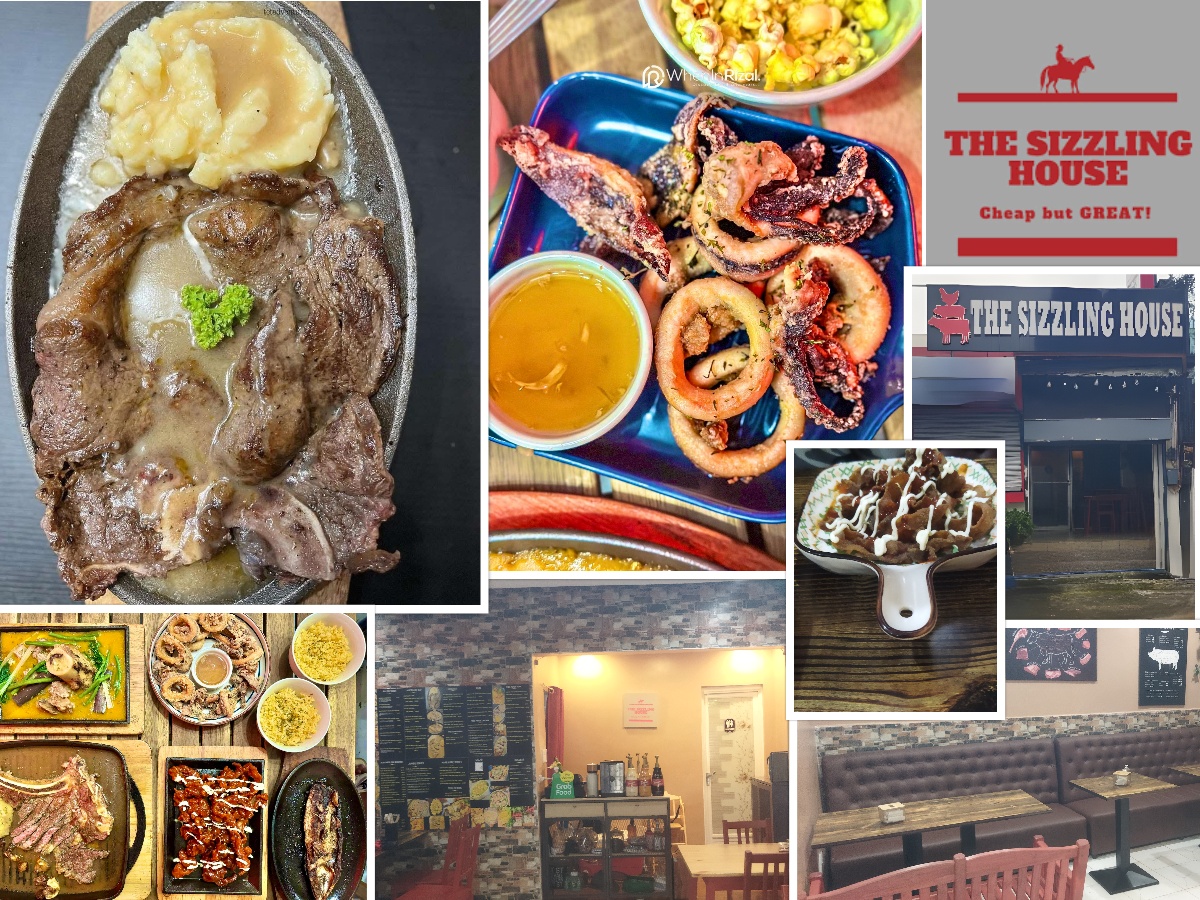Viva Entertainment’s bold beauty play: how Viva Beauty — and its new face Angela Muji turned showbiz muscle into a cosmetics house
When you think of Viva, you likely think of films, music, talent management and streaming platforms. Over the last few years Viva Entertainment (Viva Communications) has quietly turned another corner: the group has developed a full-blown beauty and personal-care arm — Viva Beauty — building its own brands, pushing them through retail and experiential channels, and using its stable of stars to amplify launches. Their newest move: naming rising star Angela Muji as the face of Vibbi, Viva Beauty’s flagship line. The result is a business play that mixes old-school entertainment marketing with modern influencer commerce — and it’s gaining traction.
From studios to shelves: how Viva moved into beauty
Viva Communications began in the early 1980s as a film and entertainment company; over four decades it expanded into music, talent management (Viva Artists Agency), publishing, restaurants, and streaming (Vivamax/VMX, Viva One). Building on that diversification, Viva expanded into consumer products and beauty through a branded retail and product strategy under Viva Beauty — a move consistent with conglomerates that turn IP and talent into consumer goods. The company now operates multiple beauty sub-brands (examples include The Lab by Blanc Doux, Pick Cosmetics, BIN Perfume, and the newly highlighted Vibbi) and stages mall shows and press events to push products into retail and social channels.
Key tactical moves that paved the way:
- Using existing talent, events, and content channels (talent rosters, Viva cafés, Viva One streaming, mall shows) to promote product launches.
- Rolling out brands with clear positioning (affordable “everyday” cosmetics through Viva Beauty’s mall shows and online channels, and specialized lines appearing in retail partners).
Who thought of it — and why Viva was positioned to do it
The push into beauty followed Viva’s broader corporate strategy of brand and IP extension. Leaders in Viva — notably the Del Rosario family and the company’s executive team, who have steadily grown Viva into a diversified entertainment conglomerate — have pursued expansion into adjacent consumer categories for years. That institutional capability (production, marketing, distribution, and a deep stable of public personalities) makes launching beauty brands a natural fit: cosmetics are media-friendly, celebrity-driven, and highly scalable via e-commerce and retail partnerships. Viva’s preexisting retail and experiential channels (mall show circuits and social presences) allowed the company to test products and amplify launches quickly.
The Vibbi story — product, positioning and the Angela Muji partnership
Vibbi is presented as a flagship, youth-forward, “girlypop” cosmetics line under Viva Beauty’s umbrella. In its public rollout, Viva positioned Vibbi to be playful, accessible, and social-media friendly—packaged for mall pop-ups, influencer unboxings, and press occasions. Viva staged a press conference/launch event at Viva Café (Cubao), introducing the line and revealing Angela Muji as the brand’s new ambassador — branded in social posts as “VIBBIGIRL ANGELA.”
Why Angela Muji?
- She’s a rising Viva artist with a strong social and media presence, making her a natural match for a youth-driven cosmetics line. Viva lists Angela among its talents, and her selection as Vibbi’s face was covered in Viva’s own channels and press posts. Viva Artists
- The fit is strategic: Viva can simultaneously promote Angela’s entertainment projects while using her to humanize and amplify Vibbi (cross-promotion that benefits both talent and product). Social posts from Viva Beauty and partner accounts highlight the presscon and mall shows featuring Angela.
What made Viva Beauty (and Vibbi) successful so far
A combination of assets + approach explains the fast traction:
- Entertainment-to-commerce flywheel. Viva’s core competency is creating attention. It leverages that attention to create demand for products: press events, livestreams, mall shows, and talent endorsements move customers from awareness to purchase faster than a typical startup could.
- Built-in distribution and retail partners. Some Viva Beauty lines (for example, The Lab by Blanc Doux) have already been made available through known retail chains like Watsons, showing Viva’s ability to secure brick-and-mortar shelf space — a major credibility and sales channel for cosmetics. That helps new brands like Vibbi get to market quickly.
- Social and influencer orientation. Viva treats product marketing like content: campaign videos, influencer seeding, and presscon moments create shareable social content. The Vibbi launch included heavy social coverage and hashtags, maximizing organic reach.
- Affordability + aspirational positioning. By positioning some brands as affordable “everyday” cosmetics while keeping packaging and branding aspirational, Viva captures broad market segments — from young breakout consumers to more habitual shoppers at mall counters and online. (This is an observed strategy visible in Viva Beauty’s mix of brands and mall shows.)
- Talent synergy and storytelling. Using Viva Artists Agency talents (like Angela Muji) for product storytelling keeps campaigns cohesive: the same people who appear in Viva films, TV or streaming shows are the ones promoting the products — this builds trust for local fans.
What’s next — Viva Beauty’s future roadmap (observed signals + reasonable projections)
Based on Viva’s recent moves (multiple beauty sub-brands, mall-show strategy, talent tie-ins and the Viva One content ecosystem), likely next steps include:
- More celebrity brand collaborations and exclusive lines. Viva will probably deepen collaborations that let artists co-create capsule collections or signature products (Vibbi is an example of a celebrity-forward brand).
- Stronger retail partnerships and e-commerce integration. Expect more presence in pharmacy/beauty chains and integration with online marketplaces and Viva’s own order hotlines to scale sales. Early indicators show product placement in retail and active online ordering channels.
- Cross-platform promotions with Viva One/VMX. Viva can cross-promote products through its streaming and content platforms (examples already exist where Viva stages events that blend entertainment with product promotion). This integrated model will likely be used more aggressively.
- Regional expansion and licensing. If a brand shows strong local performance, licensing or regional distribution (ASEAN markets) would be the logical scaling path for Viva — leveraging film/music distribution knowledge to export beauty brands. (This is a reasonable projection given Viva’s multinational footprint in media.)
Viva Entertainment’s move into beauty is not a random diversification—it’s a strategic use of the company’s greatest strengths: stars, content, events and distribution. By launching multiple brands and using a hybrid event + social + retail playbook, Viva Beauty (and flagship lines like Vibbi) can get rapid reach in a crowded market. Naming Angela Muji as Vibbi’s new face is a textbook Viva cross-promotion: it boosts the artist’s profile while giving the product a youthful, media-friendly ambassador.




